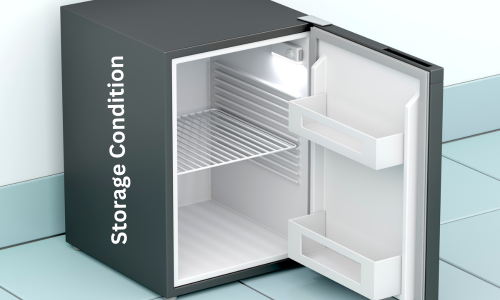Forced Degradation Study and Challenges in Analytical Method Development and Validation | Part III
Forced degradation is not that simple as it seems where you just degrade with Acid, base, oxidation, light, light and present the data in a table form. It is elaborate study where we evaluate each or every impurity and discuss the potential risk. It is also a risk assessment tool. It goes beyond stressing the sample.
There are some controversies in the stress studies and how to perform. I have seen in industry where stress is performed using potassium permanganate. There is no right or wrong answer, it depends on situation and structure of molecule or vulnerability of drug in the environment. For example, some drugs are vulnerable in acid, base, oxidation, light or reduction.
Condition of stress should be more realistic and practical. If a parental drug is between pH=3-5, the acid degradation can be further studied for better understanding, however, if the drug is not exposed to basic condition in this case, hence a degradation cause due to basic condition can be justified and one can apply a mild basic.
However, we need to predict future impurities that can develop during the shelf life of product, hence we need a method/s which can separate the impurities future impurities during shelf life. FDA usually does not accept the method without performing some kind of stress studies or need justification. We call these studies as Stress studies or forced degradation.
After the stress studies, each impurity generated need to be evaluated for its potential impurities during shelf life. Peak purity is one way to determine if the impurities are hidden inside the main peak. However, this is not very reliable test as impurity of 0.5% can be hidden inside the main peak of 99.5% and will show the peak purity 100%.
Hence, it is important to evaluate the main peak for beginning or end of the peak and slice to see if the peak purity pass or not. Peak purity is also a comparison of two peaks wavelength; hence impurity and main peak has similar wavelength, you get peak purity as 100% and it will mislead you.
I have done some mistakes in the past, where I developed a method and all the impurities passed the peak purity and one sudden day, a new lot of columns separated the hidden peak from main peak.
Mass balance is also another tool, that FDA ask generally when determining the stress studies. Mass balance is also controversial. As mass balance of 100% does not mean the all the peak are accounted for. Mass balance of 90% also does not mean peak is 90% pure.
During mass balance, we must make full attempt to explain why mass balance is not archived. Some of the factors can be due to response factor, impurities or degradation product does not have UV wavelength. Due to the above practical issues faced, we can convince the FDA with 80% mass balance with proper justification.
The question of how much degradation is sufficient has been the topic of many discussions amongst pharmaceutical scientists. Degradation of drug substances between 5% and 20% has been accepted as reasonable for validation of chromatographic assays. Always not necessary to achieve 5-20% it depends on molecules nature.
Some pharmaceutical scientists think 10% degradation is optimal for use in analytical validation for small pharmaceutical molecules for which acceptable stability limits of 90% of label claim is common.
No such limits for physiochemical changes, loss of activity or degradation during shelf life have been established for individual types or groups of biological products.
Forced degradation studies during analytical method validation, one of the biggest challenges is to accurately simulate and evaluate the degradation pathways and products that a drug substance or drug product may undergo under different stress conditions.
These studies are typically conducted to assess the stability and robustness of the analytical method, as well as to investigate the degradation pathways and potential impurities that may form under different stress conditions.
Choosing the right stress conditions (e.g., heat, light, pH, oxidation, etc.) that are likely to induce degradation without causing extensive decomposition can be challenging.
It requires a thorough understanding of the drug substance or product’s stability profile and potential degradation mechanisms.
Determining the optimal stress conditions, including the stress duration and intensity, can be quiet challenging. Overstressing the sample may lead to excessive degradation, making it difficult to detect and identify the degradation products accurately.
Read also:
- Forced Degradation Study and Challenges in Analytical Method Development and Validation | Part I
- Forced Degradation Study and Challenges in Analytical Method Development and Validation | Part II







